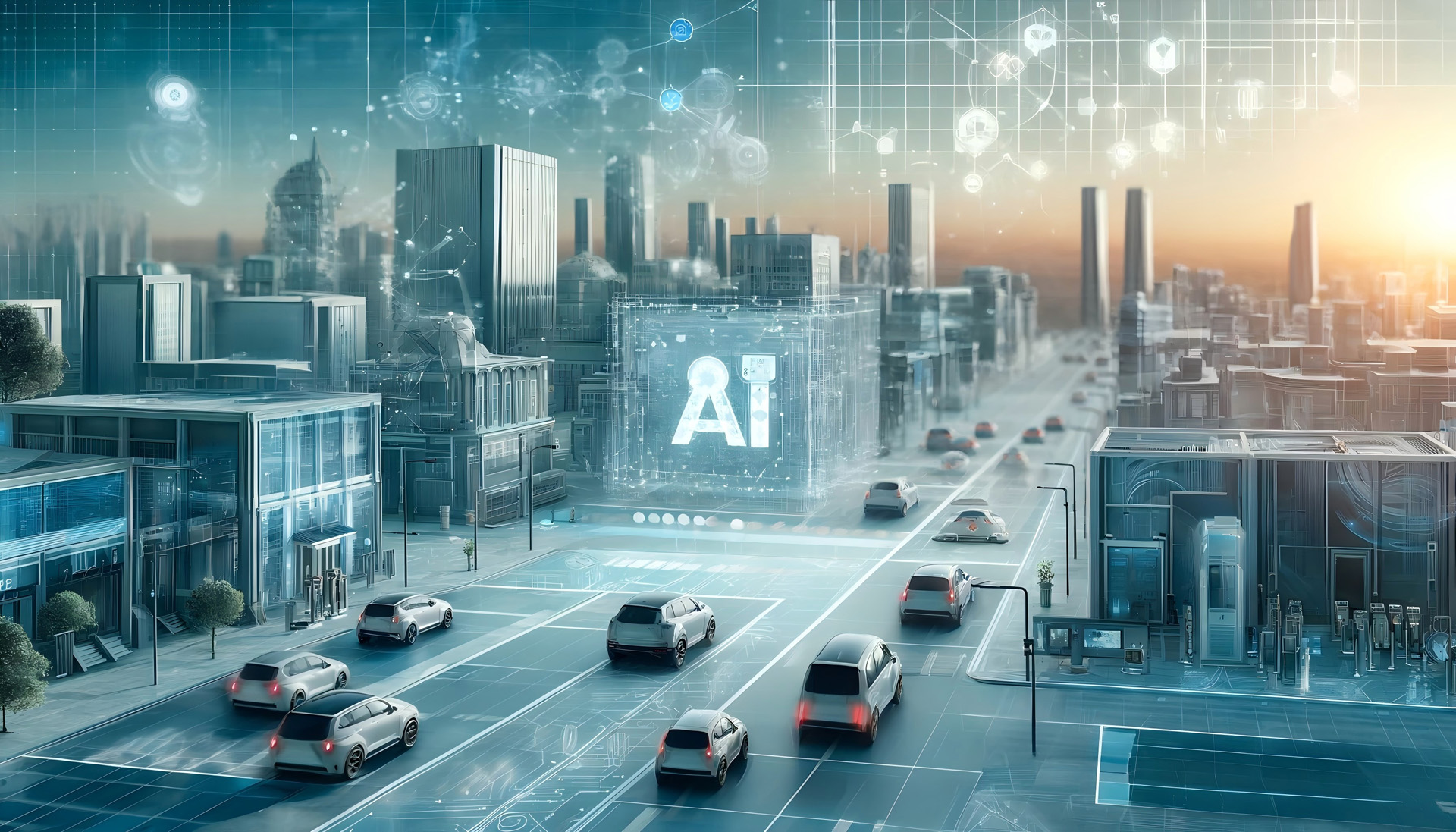Planning charging station layouts is complex. You need to predict future demand, which is tough. Are you tired of guesswork and wasted resources?
AI algorithms analyze vast datasets to predict demand, optimize locations, and manage grid loads. This ensures efficient resource use and a better charging experience.
But how does this actually work in practice? Let’s dive into the specifics of how AI is revolutionizing charging station planning.
Can AI Predict EV Charging Demand More Accurately?
Traditional methods rely on static data. This leads to inaccurate demand forecasts, and ultimately, wasted resources.
AI uses machine learning to analyze real-time traffic, demographics, points of interest, and EV sales data. It dynamically adjusts to predict future demand.

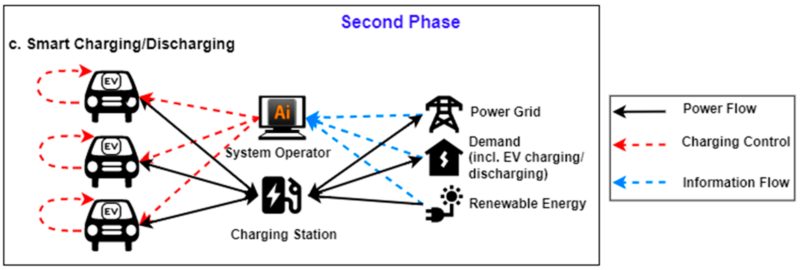
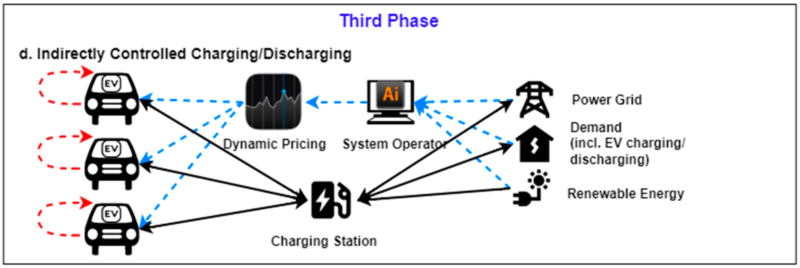
Beyond Simple Predictions
AI’s predictive power comes from combining multiple data sources and using advanced algorithms. I’ve seen firsthand how crucial this is. In my experience, relying solely on current EV registration data is like driving by only looking in the rearview mirror.
Here’s a breakdown:
| Data Source | How AI Uses It | Benefit |
| Traffic Patterns | Analyzes real-time and historical traffic data to identify high-traffic areas and congestion points. | Places stations where they are most needed, reducing congestion and improving accessibility. |
| Population Density & Demographics | Examines census data, zoning, and social media to understand where EV adoption is likely to be highest. | Targets areas with high potential demand, maximizing return on investment. |
| Points of Interest (POIs) | Identifies proximity to shopping centers, restaurants, workplaces, etc. | Places stations where users are likely to spend time, making charging more convenient. |
| Existing Infrastructure | Identifies gaps in the current network. | Avoids over-saturation, ensures equitable access. |
| EV Sales Data | Tracks EV sales trends to provide a direct measure of growing demand. | Predicts future demand accurately, allowing for proactive planning. |
| Land Use and Zoning Data | Integrate geospatial data and zoning information. | Find location considering land avaliability, and local regulations. |
This ability to adapt is crucial for long-term planning, something I learned the hard way when a project I was involved in early on underestimated demand in a rapidly growing suburb.
How Does AI Determine Optimal Charging Station Locations?
Choosing the wrong locations leads to underutilized stations. This frustrates drivers, are you one of them?
AI considers factors beyond just current EV density. AI considers future traffic patterns, and land use regulations to pinpoint the best spots.
It’s About Future, Not Just Present
It’s not just about placing stations where EVs are today, but where they will be tomorrow. This is where the real magic of AI happens. It’s like having a crystal ball, but instead of magic, it’s data and algorithms.
Consider these factors:
- High-Traffic Corridors: AI pinpoints routes with heavy traffic flow.
- Commuter Patterns: It understands how people travel to and from work.
- Urban Development Plans: AI integrates information about future construction and growth.
Many traditional methods miss these dynamic elements. AI, on the other hand, can react to changes in real-time, like a sudden spike in EV sales in a particular area.
Can AI Optimize Charging Station Capacity and Type?
Installing the wrong mix of chargers (Level 2 vs. DC fast) is a costly mistake. Do you worry about wasted investment?
AI forecasts energy demand (kWh) and determines the ideal mix of Level 2 and DC fast chargers based on predicted usage at each location.
Avoiding Overbuilding and Underbuilding
Getting the capacity right is a balancing act. Overbuild, and you waste money. Underbuild, and you create “charge anxiety,” hindering EV adoption. AI helps find the sweet spot.
Here’s how:
- Predicting Demand: AI models forecast the expected energy demand (kWh) at each location.
- Determining Charger Mix: It helps decide the optimal number of Level 2 and Level 3 chargers. For example, a location near a residential area might need more Level 2 chargers, while a highway rest stop needs more DC fast chargers.
- Sizing the Station: AI determines the total number of charging ports needed.
From my experience, this is critical for maximizing return on investment. One project I advised on early in my career significantly underestimated the need for DC fast chargers at a highway location, leading to long queues and frustrated drivers.
How Can AI Integrate with Grid Management and Renewable Energy?
Uncontrolled EV charging can overload the power grid. Are you concerned about grid stability?
AI enables load balancing, dynamic pricing, and Vehicle-to-Grid (V2G) integration. This helps stabilize the grid and maximize renewable energy use.
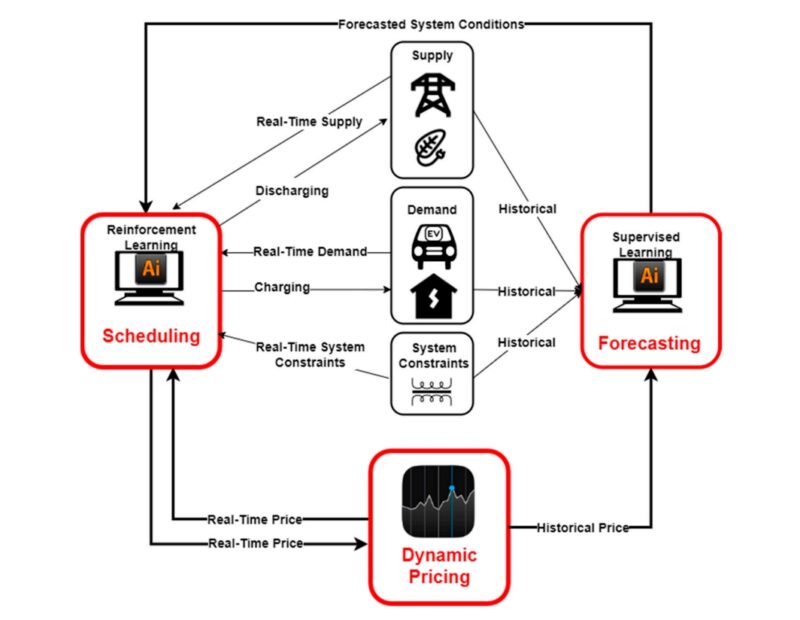
Creating a Smarter, Greener Grid
AI isn’t just about preventing problems; it’s about optimizing the grid’s performance and making it more sustainable.
- Load Balancing: AI distributes power across the charging network, preventing overloads.
- Dynamic Pricing: It adjusts charging prices based on demand and grid capacity, encouraging off-peak charging.
- V2G Integration: AI facilitates EVs discharging energy back into the grid, enhancing resilience.
- Smart Grids: Integrate EVs into a smart grid energy managment plans.
I’ve seen firsthand how crucial this is for utility companies. One utility I worked with used AI to manage the load on its grid, preventing blackouts and ensuring reliable power delivery during peak demand.
How Does AI Ensure Equitable Access to Charging Infrastructure?
Charging deserts disproportionately affect certain communities. Are you committed to fair access?
AI analyzes demographic and socioeconomic data to identify underserved areas. This ensures charging stations are placed where they are needed most.
Addressing Inequities
AI helps ensure that charging infrastructure is accessible to everyone, not just those in affluent areas. It identifies that everyone has access.
- Identifying Underserved Areas: AI analyzes demographic and socioeconomic data.
- Prioritizing Equity: It helps planners prioritize locations in underserved communities.
- Optimizing Placement: AI ensures stations are conveniently located within these communities.
I believe this is a moral imperative. Everyone should have access to the benefits of electric mobility, regardless of their location or socioeconomic status.
What are the Real-World Examples and Case Studies?
Seeing is believing, right?
AI-based platforms can collect charging data, and provide real-time insights.
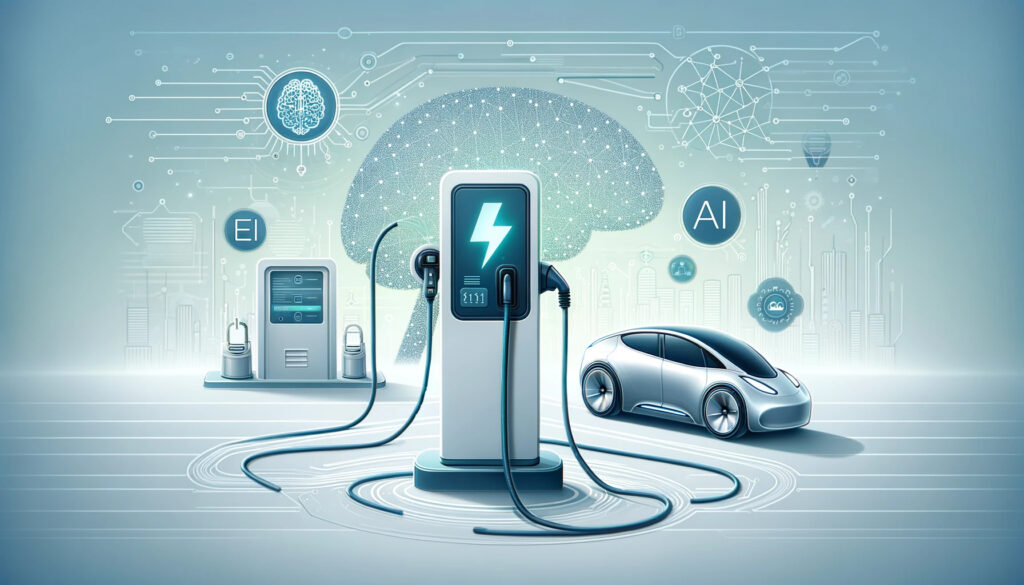
AI in Action
Tesla uses AI to analyze battery problems.
Plate recognition technology can monitor charging station availabilty.
What are the Challenges and Future Directions?
No solution is perfect.
AI can optimize with updated data. AI algorithms’ ability to adapt in real-time based on environmental factors and provide up-to-date insights, vastly improving customer engagement and grid stability.
Always optimizing
AI is not static; it’s an iterative process that uses data to improve accuracy and optimization.
Conclusion
AI is transforming charging station layout planning. It’s making the process more efficient, equitable, and sustainable. It’s no longer about guesswork; it’s about data-driven decisions.

